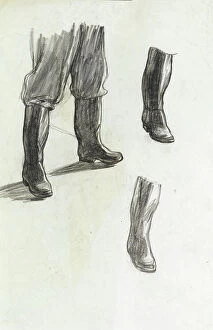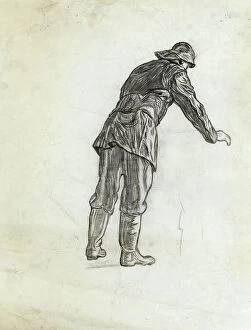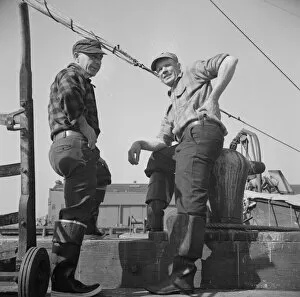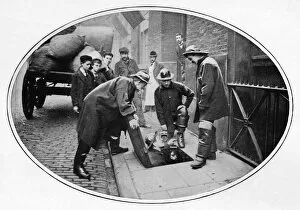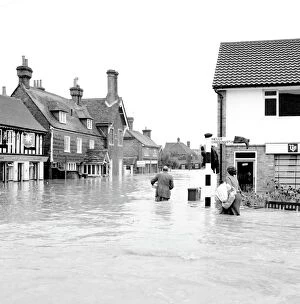Wellington Boot Collection
Step into the past with the Wellington Boot, a timeless symbol of resilience and hard work
All Professionally Made to Order for Quick Shipping
Step into the past with the Wellington Boot, a timeless symbol of resilience and hard work. In Joseph Edward Southall's masterpiece "The Old Fisherman, " painted in 1903, we catch a glimpse of an aging fisherman donning his trusty wellies as he prepares for another day at sea. These boots were not only essential for fishermen but also held great significance in military history, earning them the nickname "the Head of the Armye" during the 19th century. Across continents and cultures, these sturdy boots found their place among diverse communities. Immigrant cockle pickers in Angle Bay, Milford Haven relied on their Wellingtons to navigate treacherous terrains while providing for their families. Meanwhile, city sanitation workers washed streets at Fulton fish market in New York wearing these reliable boots - captured beautifully by Gordon Parks' lens in 1943. Even New England fishermen sought respite on Fulton docks during breaks from their arduous labor; their worn-out Wellingtons telling tales of countless fishing expeditions and storms weathered together. The Meyer Rubber Company's Galoshes from ca. 1886 remind us that even back then, people recognized the importance of protecting one's feet against nature's elements. Wellington Boots weren't just limited to blue-collar workers; transport workers washing trams at Holloway Car Shed in London relied on them too - a testament to their versatility across professions. They transcended boundaries further when Gypsy boys roamed Surrey with dogs and cauldrons during the swinging '60s - embracing freedom without compromising practicality. In Charlwood within Surrey's Newdigate area lived members of the Vincent family who proudly wore Wellington Boots as part of their gypsy heritage. Young girls frolicked alongside horses while young boys explored life through adventurous eyes - all united by this iconic footwear choice that bridged generations. From humble beginnings as functional footwear to becoming cultural symbols embraced by diverse communities, the Wellington Boot has stood the test of time.



